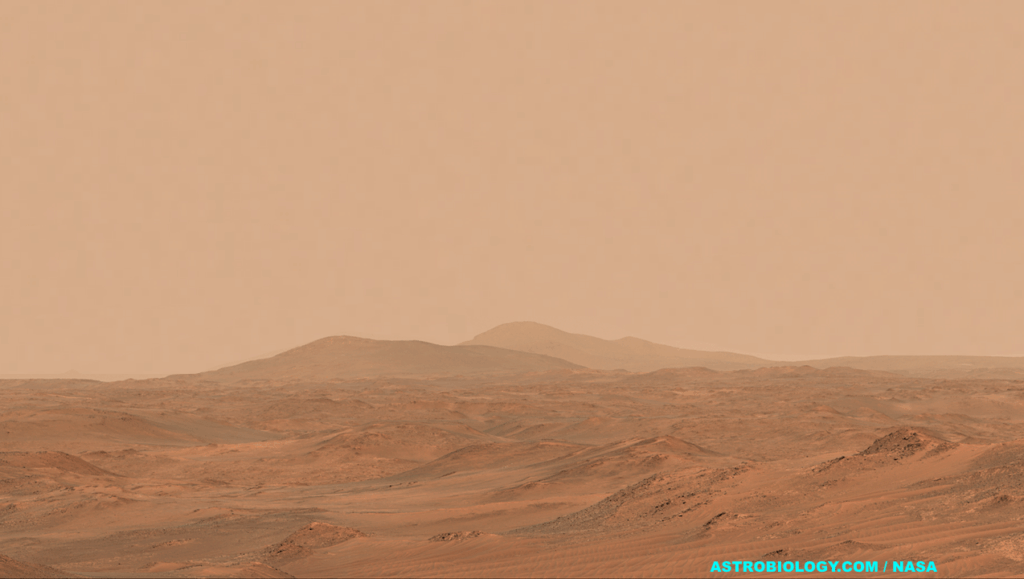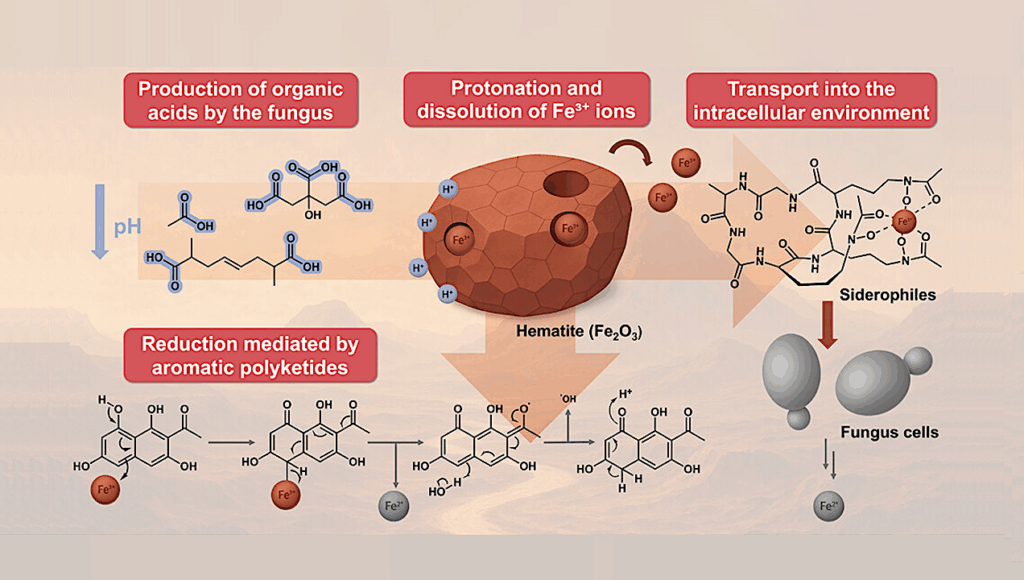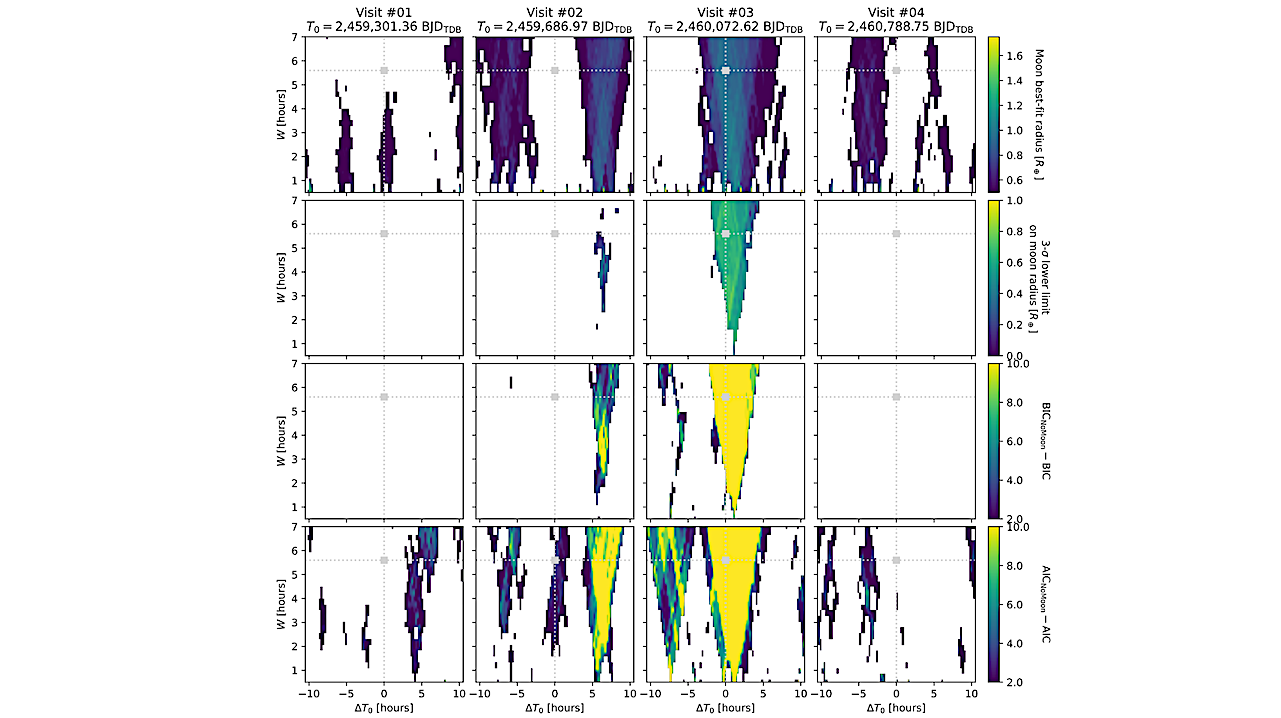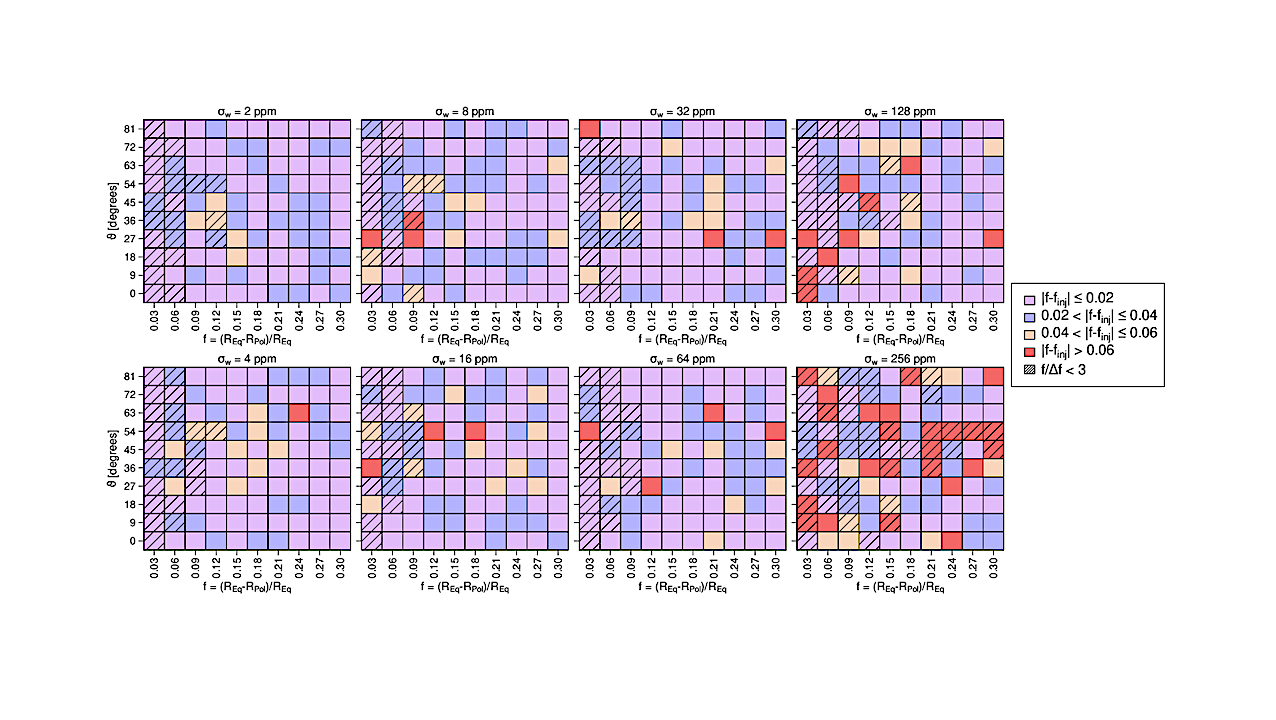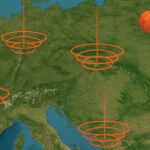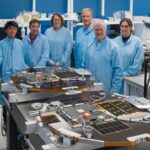Now Reading: Multi-Wavelength Dust Characterization of the HL Tau Disk and Implications for Planet Formation
-
01
Multi-Wavelength Dust Characterization of the HL Tau Disk and Implications for Planet Formation
Multi-Wavelength Dust Characterization of the HL Tau Disk and Implications for Planet Formation
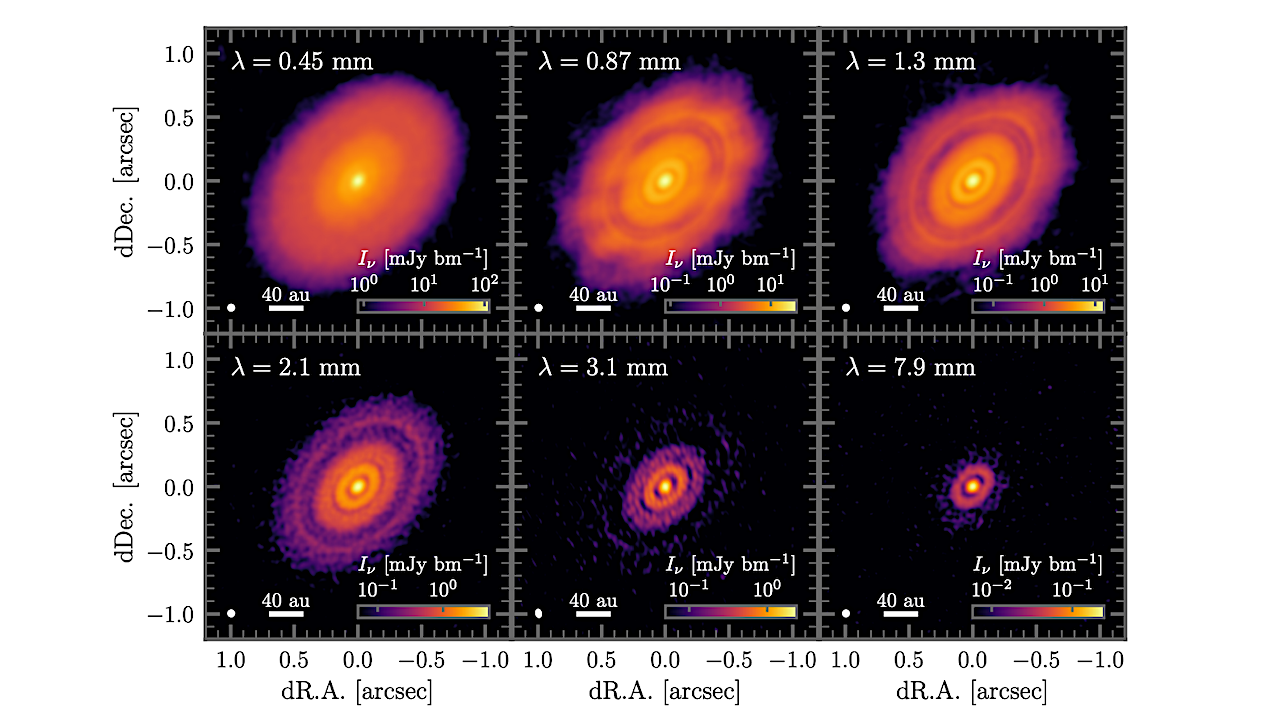
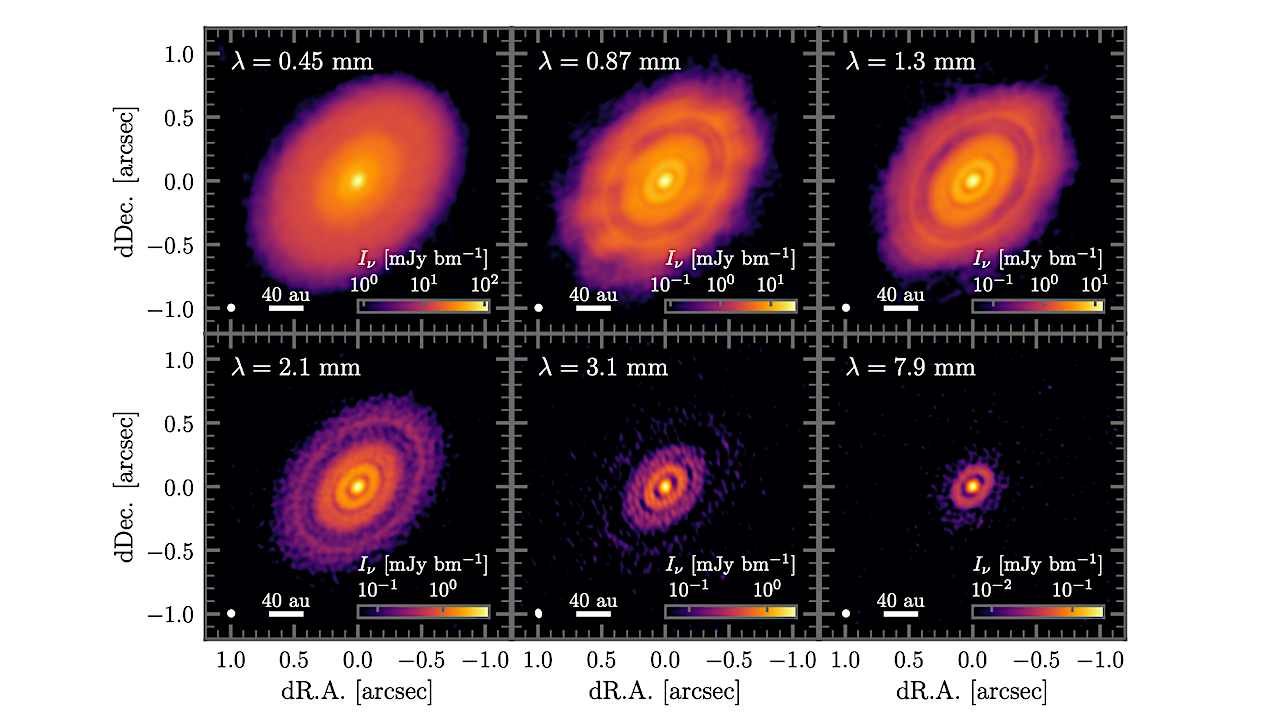
Images of dust continuum emission of the HL Tau disk. An arcsinh stretch is applied to the color scale. — astro-ph.EP
We present a comprehensive analysis of the HL Tau dust disk by modeling its intensity profiles across six wavelengths (0.45 to 7.9 mm) with a resolution of 0.05 arcsec (∼7 au).
Using a Markov Chain Monte Carlo (MCMC) approach, we constrain key dust properties including temperature, surface density, maximum grain size, composition, filling factor, and size distribution. The full fitting, with all parameters free, shows a preference for organics-rich dust with a low filling factor in the outer region (r≳40 au), where the spectral index is ∼3.7, but amorphous-carbon-rich dust also reasonably reproduces the observed intensity profiles.
Considering the scattering polarization observed at 0.87 mm, compact, amorphous-carbon-rich dust is unlikely, and moderately porous dust is favored. Beyond 40 au, the maximum dust size is likely ∼100 μm if dust is compact or amorphous-carbon rich.
However, if the dust is moderately porous and organics-rich, both the predicted dust surface density and dust size can be sufficiently large for the pebble accretion rate to reach ∼10M⊕ Myr−1 in most regions, suggesting that pebble accretion could be a key mechanism for forming planets in the disk.
In contrast, if the dust is amorphous-carbon-rich, forming a giant planet core via pebble accretion is unlikely due to the combined effects of low dust surface density and small dust size required to match the observed emission, suggesting other mechanisms, such as disk fragmentation due to gravitational instability, may be responsible for planet formation in the HL Tau disk.
Takahiro Ueda, Sean M. Andrews, Carlos Carrasco-González, Osmar M. Guerra-Alvarado, Satoshi Okuzumi, Ryo Tazaki, Akimasa Kataoka
Comments: 20 pages, 11 figures, accepted for publication in ApJ
Subjects: Earth and Planetary Astrophysics (astro-ph.EP)
Cite as: arXiv:2507.14443 [astro-ph.EP] (or arXiv:2507.14443v1 [astro-ph.EP] for this version)
https://doi.org/10.48550/arXiv.2507.14443
Focus to learn more
Submission history
From: Takahiro Ueda
[v1] Sat, 19 Jul 2025 02:39:16 UTC (10,856 KB)
https://arxiv.org/abs/2507.14443
Astrobiology, Astrochemistry,
Stay Informed With the Latest & Most Important News
Previous Post
Next Post
-
 01From Polymerization-Enabled Folding and Assembly to Chemical Evolution: Key Processes for Emergence of Functional Polymers in the Origin of Life
01From Polymerization-Enabled Folding and Assembly to Chemical Evolution: Key Processes for Emergence of Functional Polymers in the Origin of Life -
 02Panasonic Leica Summilux DG 15mm f/1.7 ASPH review
02Panasonic Leica Summilux DG 15mm f/1.7 ASPH review -
 03How New NASA, India Earth Satellite NISAR Will See Earth
03How New NASA, India Earth Satellite NISAR Will See Earth -
 04And Thus Begins A New Year For Life On Earth
04And Thus Begins A New Year For Life On Earth -
 05Astronomy Activation Ambassadors: A New Era
05Astronomy Activation Ambassadors: A New Era -
06SpaceX launch surge helps set new global launch record in 2024
-
 07Two Black Holes Observed Circling Each Other for the First Time
07Two Black Holes Observed Circling Each Other for the First Time












